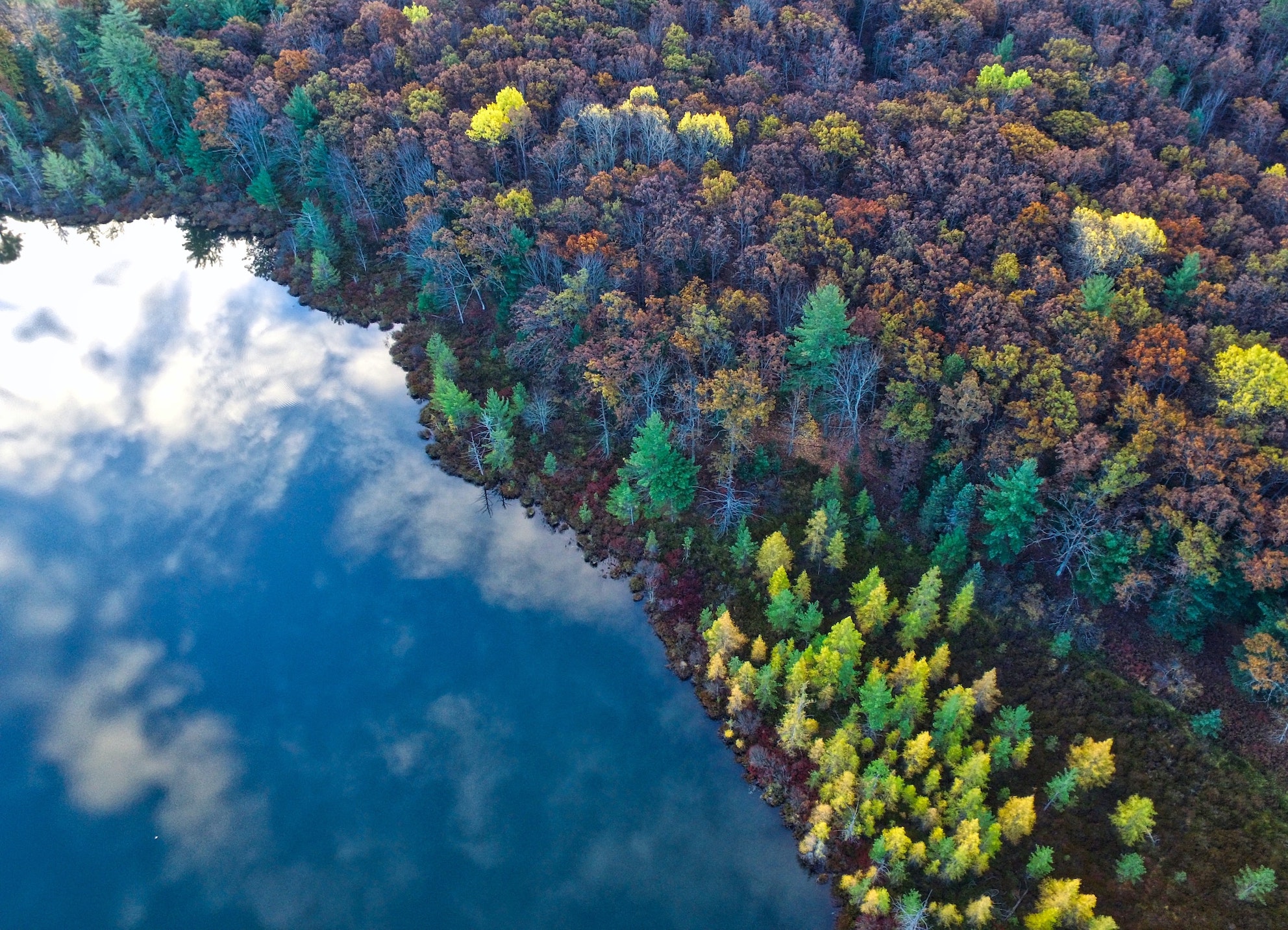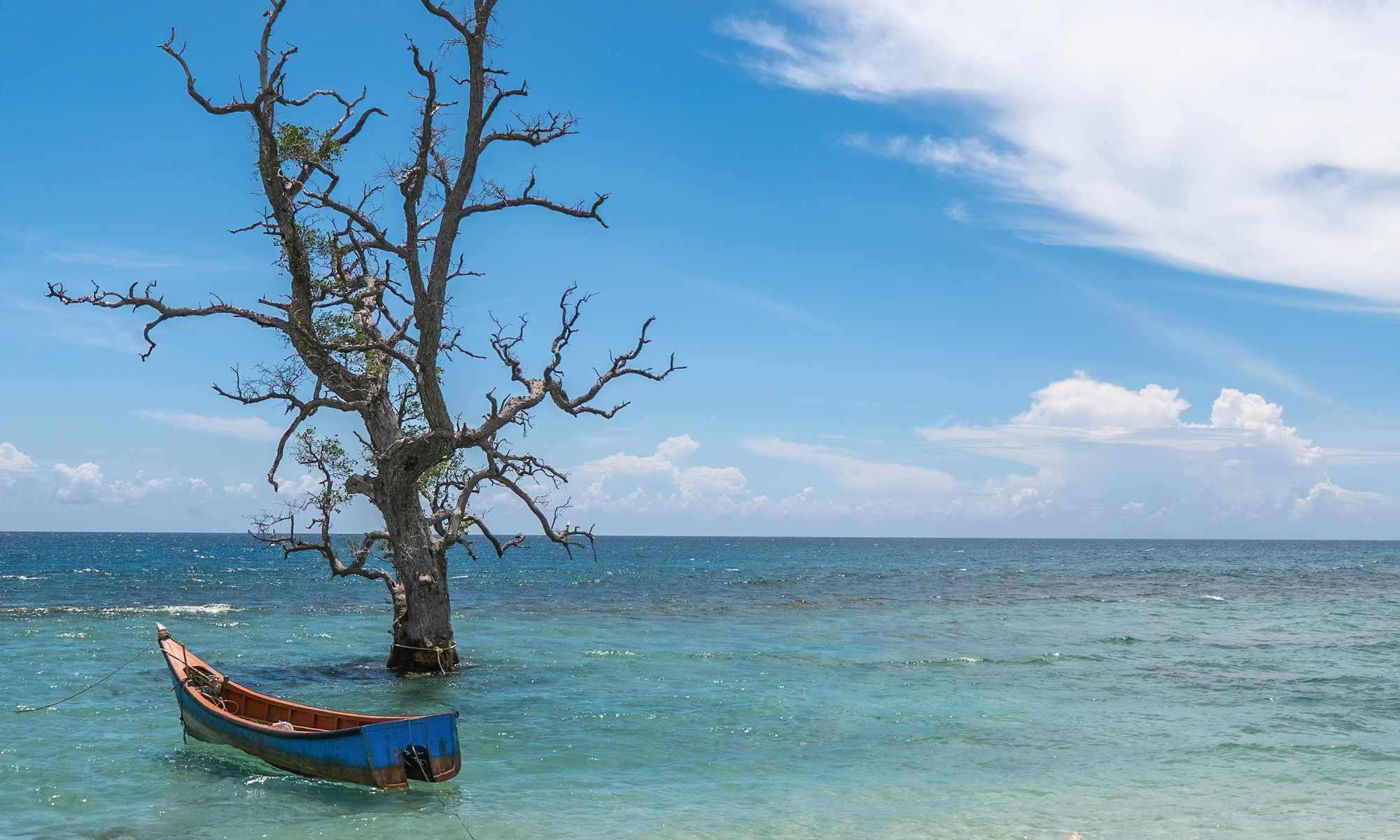30 November 2023 – by Robert Los
The Australia-Tuvalu Falepili Union Treaty, signed on the 9th of November, was groundbreaking in nature as an intergovernmental agreement with a clear substantive reference to the issue of potential climate migration. While it was generally well received by the international public and experts, despite not inconsiderable criticism of the lack of depth of coverage, the discussion is largely determined by the voices of experts from around the world. The voices of those affected on the ground, for whom this agreement aims to create a pathway, are somewhat lost in public perception. But listening to the voices of the locals and perceiving their view of things is fundamental to assessing the actual effectiveness of the treaty and identifying possible areas of tension between the assessments made during negotiations and the situation on the ground.
The scientists Taukiei Kitara and Carol Farbotko, who were born on the island or have been researching there for 20 years respectively, sought to provide this change of perspective when they captured the local prevailing sentiment in the wake of the treaty signing. A perspective even more important because it played no role in the conclusion of the treaty since the local population wasn’t consulted. Considering this, it is not entirely surprising that the two academics paint a somewhat different picture of the perception of the treaty than most of the international press does.
While the Treaty is locally acknowledged, it doesn’t feel groundbreaking on the Islands as the locals are not seeing the specialty, the novelty that the treaty promises to provide as climate change, climate change adaption and migration is widely prominent among the social issues for the last decades. The people are aware of the risks and a vast majority have thought very carefully about the potential need to relocate. But although most support the idea of others moving abroad, hardly anyone lists concerns about climate change as a reason for such a decision. Other motives like work or educational opportunities are prevailing.
Another dominating phenomenon is the desire to stay, the desire to acquire knowledge and skills to protect the country from climate change. The Tuvaluan government shares this general attitude as it is committed to its policy of no resettlement unless necessary. Furthermore, it is preparing the ground for these shared efforts to be successful when it continues to invest in land reclamation projects, one of them designing the capital Funafuti to withstand the worst-case-sea level rise scenarios. The national belief in championing this upcoming challenge is backed by academia as research indicates that, with adaptation measures, the habitability of atolls can continue into the 21st century, despite rising sea levels.
In the light of this national spirit Kitara and Farbotko interpret the treaty in a new way – through a lens cleansed of the Damocles sword that is the pending climate migration crisis. In the eyes of the local academics the treaty is “simply another way in which Tuvaluan people can diversify their livelihood options and access more resources for tackling climate change, such as by increased remittances and the gaining of skills through increased education and training opportunities.” This perspective suggests that the agreement is ultimately just a continuation and extension of decade long known labor migration flows into the Australian and New Zealand labor markets. This makes the lack of novelty for the Tuvaluan people not only understandable but also comprehensible.
Especially when you consider that it is a very externally driven debate to begin with and the treaty does nothing but once again impose externally determined definitions, regimes, rules and facts that undermine joint efforts. While the treaty contains considerable rhetoric around respecting sovereignty, it quite clearly erodes Tuvalu’s sovereignty on issues of national security with passages such as “[Tuvalu must] mutually agree with Australia any partnership, arrangement or engagement with any other State or entity on security and defence-related matters.” This is contrary of what the Tuvaluan people argued and fought for over the last year. They have been calling for protection of their sovereignty in the face of climate change-induced rising sea levels. And they have been rejecting the idea of being “climate migrants” – partly because of the prevailing national spirit of keeping their homelands safe and partly because of the worries that this might lead to discrimination in places that might be considered a new home. However, the agreement undermines this sovereignty and the efforts of the local population, which furthermore classifies them as climate migrants. The academics are therefore not wrong to point out that the agreement is not a step ahead from the point of view of the local population, but a step into a new uncertain future that brings with it new questions. And what it certainly does not provide secured and profound climate justice.
All the more so as there is a big question mark over the feasibility of the solutions proposed in view of Australia’s domestic political problems – whether the housing affordability crisis will provide enough living and housing space for people arriving, whether Australia will continue to commit to their climate change reduction goals and the one questions that will be inherent in every considered migration “what kind of hardship will await us at the end of our journey?”










